Have you ever wondered why 2D platformer games continue to captivate players worldwide? Despite the rise of 3D graphics and immersive experiences, the charm of 2D platformers endures, offering timeless gameplay that has evolved alongside technological advancements. Whether you’re a seasoned developer or a curious newcomer, mastering 2D platformer game design involves understanding the right tools, embracing emerging trends, and applying techniques that keep these games fresh and engaging. In this comprehensive guide, we’ll explore the ins and outs of 2D platformer design, from selecting the best engines to leveraging cutting-edge tools, ensuring your designs stand out in a competitive landscape. We’ll also dive into the cognitive benefits of these games, revealing how they challenge your mind while offering a much-needed mental escape. Let’s embark on this journey together, uncovering the secrets to creating memorable 2D platformer experiences that resonate with players and redefine the genre.
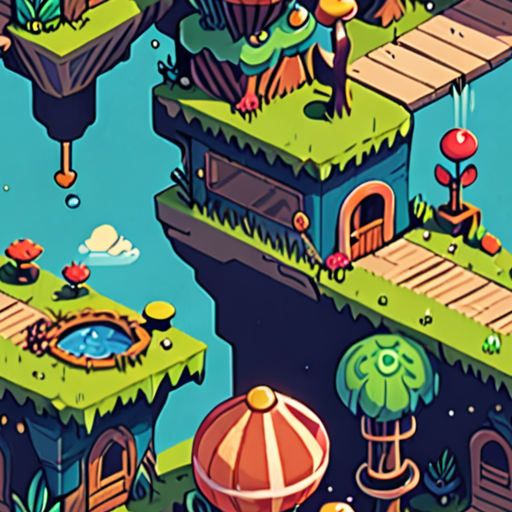
Best Engine for 2D Platformers
When developing a 2D platformer, selecting the right engine is crucial for both creativity and efficiency. Here’s a breakdown of the top engines available:
- Unity – Known for its versatility, Unity excels in 2D gaming due to its extensive asset library and cross-platform support. Its intuitive workflow and tools like Tilemap and Sprite Editor make it ideal for developers seeking flexibility and scalability.
- Construct 3 – Renowned for its user-friendly interface, Construct 3 simplifies game creation with drag-and-drop functionality. It’s perfect for quick prototyping and intermediate projects, though it may lack some advanced features compared to Unity.
- GameMaker: Studio – A favorite among indie developers, GameMaker: Studio offers a robust set of tools and a vast community support. Its free version is excellent for small-scale projects, though it has limitations that may require upgrading for larger endeavors.
- Phaser.js/Canvas.js – These frameworks are excellent for web-based games, offering precise control over rendering. They’re ideal for developers comfortable with JavaScript and looking to integrate modern web technologies into their projects.
Each engine has its strengths, from Unity’s ecosystem and performance to Construct 3’s ease of use and GameMaker: Studio’s community backing. Choose based on your project scale, budget, and technical expertise to maximize your development experience.
What is a 25D Platformer?
A 25D platformer is a type of video game that combines elements of both 2D and 3D gameplay, often resulting in a unique visual and interactive experience. The “25D” refers to the game having a primarily 2D perspective but incorporating subtle 3D elements, giving it a distinct look and feel compared to traditional 2D platformers.### Basics of 25D Platformers- **2.5D Perspective**: These games are usually rendered in a 2D plane but may have minor 3D elements, such as slight variations in height or angle changes, creating a pseudo-3D effect.- **Gameplay Mechanics**: They often feature side-scrolling, jumping, and platforming elements typical of classic 2D games, but with added depth due to the 3D influences.### Gameplay Features- **Side-Scrolling**: Players typically move left and right through levels, often with the ability to jump and climb.- **Precision Movement**: Some 25D platformers introduce elements like parkour or precise jumps to navigate obstacles and reach higher ground.- **Environmental Interaction**: Players may interact with the environment, such as pushing blocks or activating mechanisms to progress.### Examples of 25D PlatformersExamples of popular 25D platformers include games like *Celeste*, *Dead Cells*, and *Hyper Light Drifter*. These games blend 2D simplicity with 3D depth to create visually striking and engaging experiences.### Art Style and Aesthetics25D platformers often have a unique art style, combining pixel art with subtle 3D elements. This creates a visually appealing contrast, making games stand out in the genre. Many use this style to tell intricate stories through their environments.### Advantages and Limitations- **Pros**: Fresh takes on classic genres, unique visual styles, and immersive environments.- **Cons**: May lack the depth and complexity of fully 3D games, potentially limiting story and character development.### Conclusion25D platformers offer a blend of familiar and innovative gameplay, appealing to fans of both classic and modern platforming experiences. Their combination of 2D simplicity and 3D depth makes them a notable entry in the gaming world, continuing to evolve alongside technological advancements.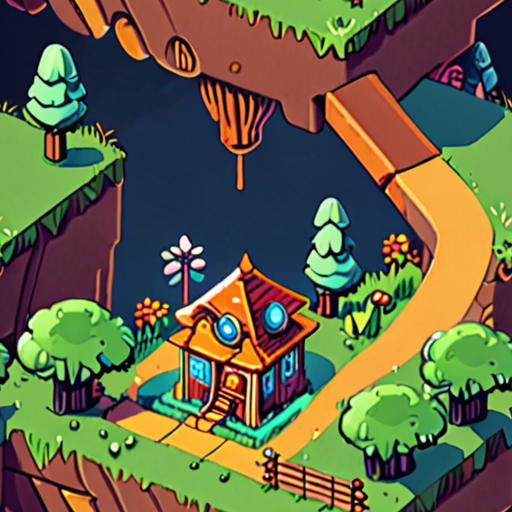
Best Platform for 2D Game Design
When selecting the best platform for 2D game design, it’s essential to consider factors such as ease of use, cost, community support, and specific features required for your project. Below are some of the top platforms available:
- Unity – A versatile engine that supports both 2D and 3D game development. It offers a robust set of tools and a large community for assistance and resources.
- Unreal Engine – Known primarily for 3D games, Unreal Engine also provides 2D capabilities through its templates and plugins, ideal for more advanced projects.
- GameMaker – A user-friendly platform designed for indie developers, offering a drag-and-drop interface and extensive asset library for creating 2D games.
- Krita – While primarily a digital painting tool, Krita includes features that make it suitable for 2D game art creation and asset production.
- Blender – A free, open-source tool that can be used for basic 2D animation and game prototyping, particularly appealing for those preferring open-source solutions.
- Tiled Map Editor – Specializes in creating 2D tile maps, making it a valuable tool for game designers focusing on procedural terrain and level design.
- Piskel – A browser-based tool ideal for pixel art and 2D game development, offering collaboration features and a retro aesthetic.
- Cocos2d – A cross-platform framework supporting both 2D and 3D games, known for its simplicity and extensive documentation.
Each platform has its strengths, so the “best” choice depends on your specific needs, budget, and project scope. Whether you’re working on a small indie project or a larger-scale game, there’s likely a tool that aligns with your goals.
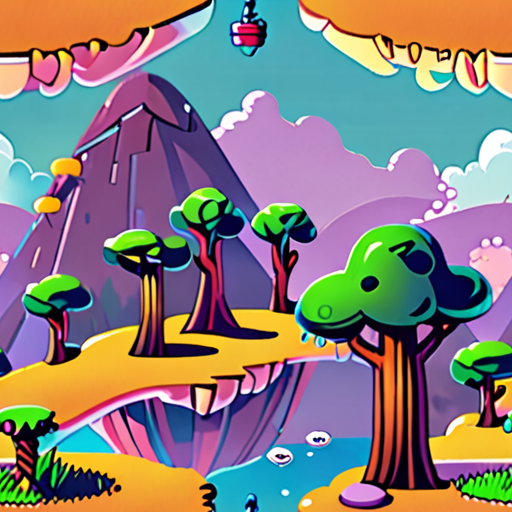
Are 2D Platformers Still Popular?
Yes, 2D platformers remain highly popular among gamers and developers alike. Their enduring appeal stems from a combination of artistic style, accessibility, and creative potential. Here’s why they continue to thrive:
1. Growing Popularity Among Indie Developers
Indie game developers increasingly gravitate toward 2D art styles due to their visual simplicity and cost-effectiveness. Platforms like itch.io and GameJolt host numerous 2D platformer games, showcasing the genre’s vibrant community.
2. Nostalgia Factor
Many fans cherish the classic look and feel of 2D platformers, which evoke memories of beloved titles from past decades. This nostalgia appeals to both casual gamers and retro enthusiasts, contributing significantly to the genre’s sustained popularity.
3. Accessibility and Ease of Development
Developing a 2D platformer requires fewer technical resources compared to 3D games, making it accessible to indie developers. Tools like Unity and Godot Engine simplify the creation process, enabling more creators to experiment with unique ideas.
4. Versatility in Art and Storytelling
2D platformers offer immense flexibility in art direction and storytelling. Games like Celeste and Hollow Knight demonstrate how 2D visuals can support intricate narratives and immersive worlds, further solidifying their appeal.
5. Community and Collaboration
The 2D platformer community is known for its collaboration and innovation. Events like the LD Competition foster creativity, resulting in a wealth of high-quality games that keep the genre fresh and exciting.
In conclusion, 2D platformers are not only alive and well but thriving in the gaming landscape. Their blend of artistic expression, developer-friendliness, and player engagement ensures they remain a staple of modern gaming culture.
Programming Languages for 2D Platformers
When deciding which programming language to use for developing a 2D platformer, it’s essential to consider factors like ease of use, performance, and available tools. Here are some of the best options:
- Python : Known for its simplicity and extensive library support, Python is a great choice for quick prototyping. Popular for games like “Pygame,” it’s ideal for small to medium projects.
- C# : With its robust ecosystem and integration with Unity and Unreal Engine, C# offers high performance and scalability. It’s perfect for more complex projects requiring advanced features.
- Java : Cross-platform and object-oriented, Java provides a solid foundation for games. While it may require more setup for graphics, it’s highly customizable and suitable for larger teams.
- GDScript : Used extensively with the Godot Engine, GDScript is a high-level language known for its visual scripting capabilities. It’s excellent for both 2D and 3D games, offering a user-friendly approach.
- Lua : Lightweight and efficient, Lua is commonly used in game engines like Unity. It’s great for real-time applications and offers flexibility in project structures.
- JavaScript : With WebGL and Three.js, JavaScript enables web-based 2D games with rich animations and interactive features, though it may have limitations in certain game development aspects.
Additionally, consider using game engines like Unity or Construct 2 which support various programming languages and offer pre-built tools for accelerating game development.
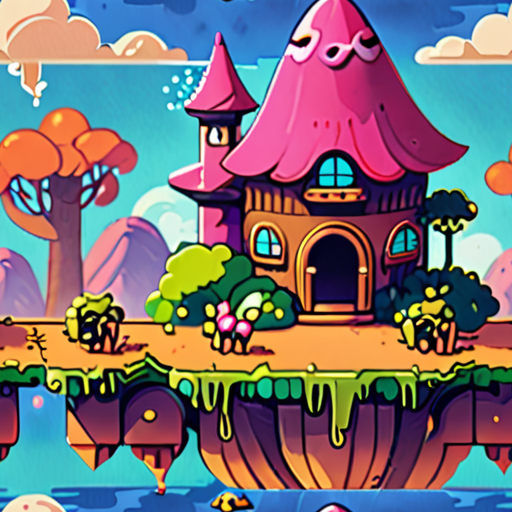
Are Platformers Good for Your Brain?
Platformers, those exhilarating games where you navigate levels while overcoming obstacles, might just be more than fun—they could be brain-boosting too! Research shows these games can positively impact cognitive functions, making them a great choice for mental stimulation.
Cognitive Benefits of Platformers
Studies indicate that platformers can enhance various cognitive abilities:
- Increased Gray Matter Density: A study published in Nature Neuroscience found that playing Super Mario for 30 minutes daily over two months led to increased gray matter density in areas linked to navigation, strategic planning, working memory, and motor function in young adults.
- Enhanced Spatial Navigation: Platformers require players to mentally map out levels, which can improve spatial awareness and directional sense.
- Improved Problem-Solving Skills: Navigating through puzzles and obstacles sharpens critical thinking and creativity.
- Boosted Working Memory: Juggling multiple tasks in platformers can increase working memory capacity, essential for multitasking in real life.
Emotional and Psychological Benefits
Beyond cognitive gains, platformers offer emotional and psychological advantages:
- Stress Relief: Engaging in challenging yet rewarding gameplay can reduce stress and anxiety.
- Social Interaction: Many platformers allow multiplayer modes, fostering teamwork and communication skills.
Types of Platformers and Their Benefits
Diverse platformer genres cater to different preferences, each offering unique cognitive benefits:
- Puzzle-Focused Platformers: Games like Portal challenge logic and reasoning.
- Action-Packed Platformers: Titles like Mario Bros. combine physical skill with strategic thinking.
- Story-Driven Platformers: Games such as The Legend of Zelda series merge narrative with cognitive challenges.
Comparing to Other Genres
While platformers excel in cognitive training, other genres also offer benefits:
- Rhythm Games: Enhance temporal processing and coordination, e.g., Beat Saber .
- Puzzle Games: Sharpen problem-solving skills, e.g., Sudoku .
- Sports and Simulation Games: Improve hand-eye coordination and decision-making, e.g., FIFA .
Conclusion
Platformers are excellent for cognitive health, combining fun with mental stimulation. Whether you prefer challenging puzzles or fast-paced action, they offer diverse benefits for your brain. To explore more, visit our Indie Dev Games resource hub for developer insights and game reviews.

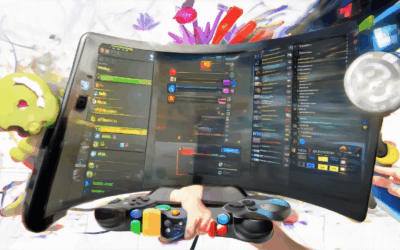


0 Comments